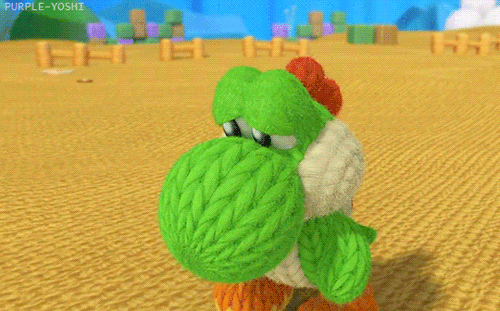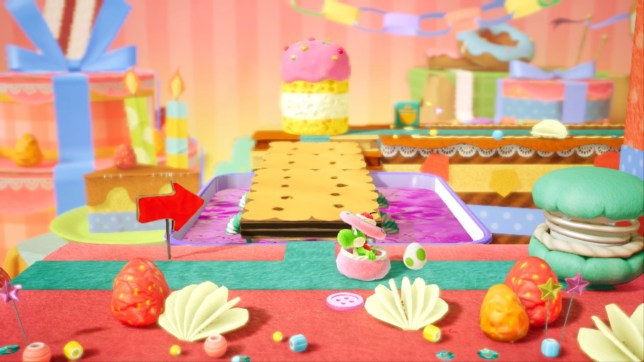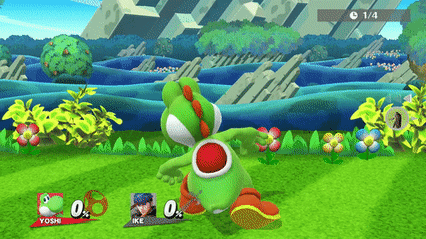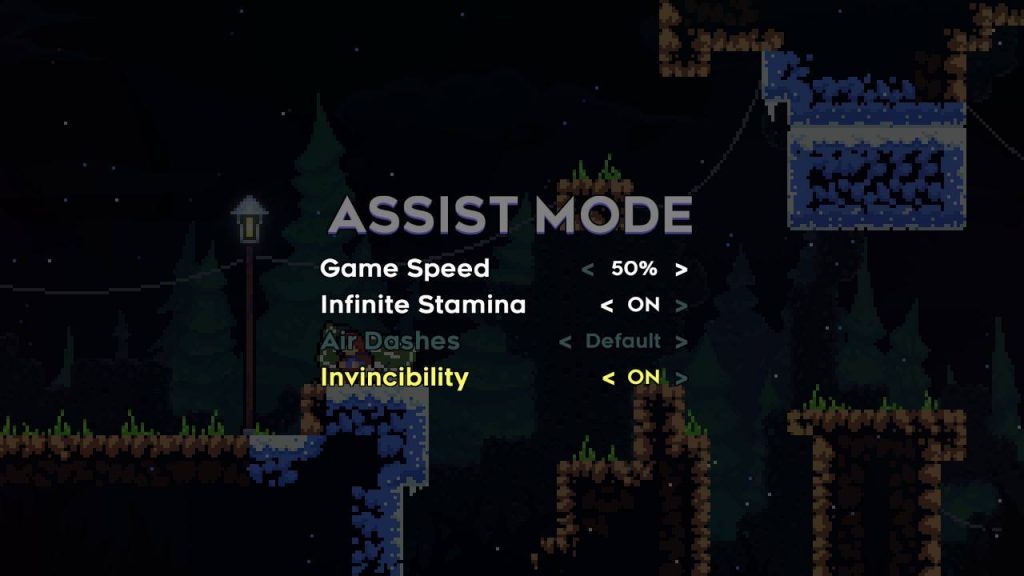
This article originally ran under a different banner/website in April of 2019 and is now being here re-uploaded for purposes of convenience and consolidation. Please enjoy.
LADIES AND GENTLEMEN!!! As you know, I, the Video Game Doomsayer, am a very serious person. I would not be standing here before you, tattered in rags, perched upon my soapbox, shouting at the top of my lungs, if I was not committed to my cause. My commitment to you is to bring you genuine reviews of some very serious games. No jokes. No sarcasm. No tomfoolery. Just honest, serious, authentic reviews. Today, I will be discussing the family-friendly game Sekiro: Shadows Die Twice. Developed by FromSoftware and published by Nintendo.

Our story begins with a young Yoshi nicknamed Wolf. Wolf has been tasked with defending a young human child destined to rule the mushroom kingdom named Mario. Unfortunately, a warlord named Bowser defeats Yoshi in combat by cutting off Yoshi’s leg, captures Mario, and leaves Wolf for dead. Wolf then awakens to find his missing leg replaced with a felt fabric leg crafted by the mysterious Toadsworth. Like a traditional Yoshi warrior, you must venture to Bowser’s castle to rescue the young Mario and restore your honor.

While many people assumed Sekiro: Shadows Die Twice would be similar to FromSoftware’s previous titles, like Dark Souls and Bloodborne, they would be gravely mistaken. Sure, you still rest at mushroom shrines, which heal you up, refill potions, and respawn all the goombas you killed, but being a Yoshi means you can jump significantly higher than any previous characters in FromSoftware games. Along with being able to venture to anywhere on the map, in true FromSoftware fashion, but now you can venture to the tops of buildings with your super-powered jumping abilities. Adding a sense to verticality that previous FromSoftware titles frowned upon. Being able to leap to the top of buildings does Sekiro: Shadows Die Twice a lot of favors, including showing off the impressive color palette that is common in Nintendo published games.

Unlike Dark Souls and Bloodborne, Sekiro: Shadows Die Twice has a focus on stealth gameplay. The ability to leap to the highest building is not for taking amazing postcard pictures, it is to help Wolf fulfill his lifelong dream of becoming Batman. The verticality, along with the tall grass provides plenty of opportunities to silently pick off Goombas and Koopa Troopers left and right. With perfect timing, you’ll be able to swallow enemies in one gulp and poop them out as eggs, in traditional Yoshi fashion. It is especially fun to wait in the brush like a green shark waiting for a mindless Goomba to wander by only for you to leap out to swallow him in one gulp. Naturally, if you mess up the stealth, you can leap to the nearest rooftop and wait for a half an hour for the enemy to forget you. It is honestly my favorite part of the stealth system.

My other favorite part of the stealth is how it is incorporated into combat. Nothing is better than having to take part in a disjointed combat system when you mess up the stealth. Combat consists of you and your enemy running up and trying to slap each other in the face. Both you and your opponent can block and deflect each other slaps but at the cost of filling a posture meter that measures how swore your hands are. It becomes a rhythmic game of perfectly timed slaps and parries that totally complement to slower and methodically stealth. I found myself becoming a master ninja and didn’t need to get my plumb Yoshi cheeks bruised while engaged in these slap fights.

Now I was worried sneaking around wouldn’t prepare for boss fights, but Sekiro: Shadows Die Twice seemed prepared for that problem. Most of the bosses have two health bars. The game highly encourages you to sneak up to them and consume them. Unlike the lackeys, these bosses can break out of the egg and you’re forced to engage in a rhythmic slap fight that we got plenty of practice with while slinking around in the hedges. While seeing fallen and twisted mushroom kingdom characters like Donkey Kong cosplaying Kratos, Lady Boo and her knife collection, and Blazing Bullet Bill, what really sold me on these fights were the rock, paper, scissors game that interrupts the slap fight. At the boss’s whim, a Japanese symbol will flash on the screen and you will have to win the rock, paper, scissors game, or else you will be forced to start the fight all over again as the boss throws you out of the arena. It adds tension to the game when I am not sure if the piranha plant will throw out a rock or paper. I walked away from the boss fight smiling considering creating a second saved game just so I could replay those bosses all over again.

What I really love about Sekiro: Shadows Die Twice is the assist mode. Allowing the game to be more challenging and accessible to numerous types of players, FromSoftware added an assist mode having been inspired by the assist mode in Celeste. The assist mode allows you to tweak the difficulty as you see fit while allowing FromSoftware to keep Sekiro: Shadows Die Twice brutal stealth and swordplay action game. Having trouble with the stealth? Change how aggressive the enemies spot you. Finding the window available to parry attacks too strict? Widen the window. Huge shout out to FromSoftware, they didn’t have to include an assist mode but they probably realize the challenge is different for everyone and the assist mode allows you to set that challenge to your level. Frankly, even with the assist mode, the game is still very challenging.

Now I was initially worried when I saw that FromSoftware was including an assist mode, but the community has taken to it really well. Game journalist who expressed worry about the assist mode interfering with FromSoftware’s vision of the game was quickly reassured the assist mode didn’t cheap players out of a challenge. Players also praised the game for being accessible to a wide variety of players resulting in a growing community. No journalist felt they needed to use cheats to reach the end. No players mocked people for using cheats. Just people playing and enjoying a game together because VIDEO GAMES SHOULD BE FUN. I mean, wouldn’t it be utterly ridiculous if that wasn’t how any of this played out. Arguing over a video game. Quite a ludicrous narrative. Now if you would excuse me, I am off to the United Nations to have a civil and enlightening discussion on politics and Star Wars.
